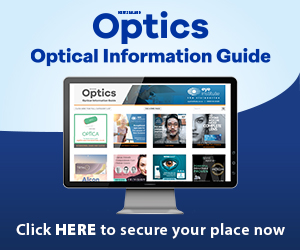Developing a virtual patient
Auckland University’s School of Optometry and Vision Science (SOVS) is developing a virtual patient with pre-programmed ocular disorders for students to practice their clinical skills on during the Covid-19 restrictions and beyond.
Senior lecturer Dr Phil Turnbull, who’s the driving force behind SOVS’ virtual patient, said the idea came about prior to Covid-19. “I had started work on making various conditions to help with teaching but when the pandemic was declared, this project started receiving more of my attention and greatly increased in scope.”
Prior to the pandemic, the idea was to enable students to practice techniques outside the lab on conditions they’d normally have limited access to, said Dr Turnbull. “There’s always the issue of either hoping the class has sufficient diversity or kindly requesting demonstration patients come in to be guinea pigs.”
From a teaching perspective, making the patient ‘virtual’ also has the added advantage of making it fairer for all students, as this patient won’t succumb to fatigue by the time the 20th student has examined them, he said. “And the marking is also automated, meaning no bias from the examiner.”
The virtual patient’s appearance is generated with artificial intelligence and the head has independent eyes with fully reactive pupils, said Dr Turnbull. “The eyes needed to be high enough quality to show corneal reflexes, as well as have diversity in iris colour. I’m currently working on making the pupils properly reactive to light, which will add to the realism and enable more tests to be performed.”
Initially, the focus is on entrance tests and visual acuity, including refraction, history taking and pupil testing, but the aim is to expand into far more aspects of the examination.
The virtual patient will be accessible on a wide range of devices and programmes to make it as equitable and available as possible, he said. “So, students could quickly practice on the bus on the way into a lecture!”


























